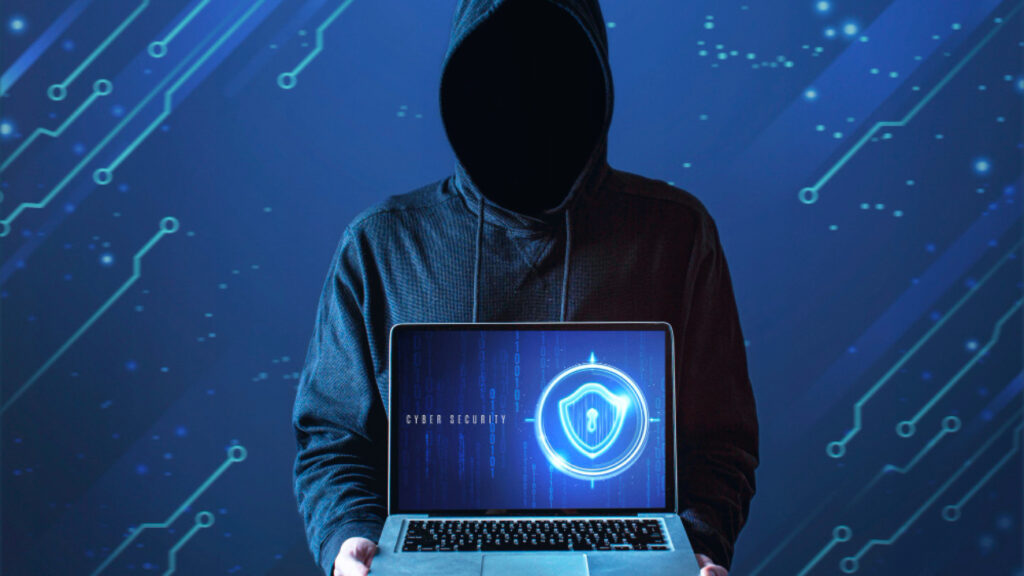Deepfakes are slowly emerging as a significant cyber threat. But technologies are already emerging which can help us detect and avoid malicious deepfakes. With sufficient awareness we can stay ahead of the dangers posed by this threat.
Definition Of Deepfake
Deepfakes are software generated audio and video clips that resemble real people closely enough to fool a casual consumer of the content. To generate a deepfake, the first step is to train an AI with terabytes of data of audio and video samples of the target. With longer training periods the AI becomes progressively more proficient at generating clips of audio and video of the target that are indistinguishable from real clips. Hackers can use this technology for malicious purposes.
Deepfake Use By Hackers
Hackers have used deepfakes for phishing operations. They have stolen money and credentials from hapless victims using audio clips of instructions relayed by their bosses. A far more serious application could be its use in situations of political turmoil to create panic and confusion using deepfakes of authority figures. With large samples of recording meetings being available, it is possible for hackers to access these meetings and generate deepfake audio and video clips of employees. Deepfakes could potentially trick facial recognition software in the future.
AI In Deepfake Generation
The deepfake generating software has two discrete AI components. The first AI uses a machine learning algorithm to recognize the face and voice of a target from sample clips. Once it learns to identify the target it starts creating images of the target. Large variety of clips help the AI to generate a diverse array of lighting contexts, face angles and expressions. This AI generator feeds the clips to a discriminator. This AI tries to differentiate the generated images from real images of the target. The clip passes, if it fails to do so. Otherwise, discriminator rejects the clip. Eventually, when the generator can fool the discriminator, the AI is fully trained to create deepfake clips.
Deepfake Detection
People have successfully trained AI to detect deepfakes already. Researchers can train AI to track lip movements and predict if lip-syncing software has been used to generate the video. AI can also be used to detect deepfakes in real time and give alerts if there is a deepfake image on a screen as it is being scrolled. It is often possible to detect deepfake with the naked eye. To do this, pay attention to the eyes and ears. This is where most of the glitches in AI generation occur. Blurry, unclear background and inconsistent lighting also indicate the use deepfake. Abnormal blinking and blurry necklines often appear in deepfakes as well.
Thank you for your interest in Bahaa Al Zubaidi blogs. For more stories, please stay tuned to www.bahaaalzubaidi.com
